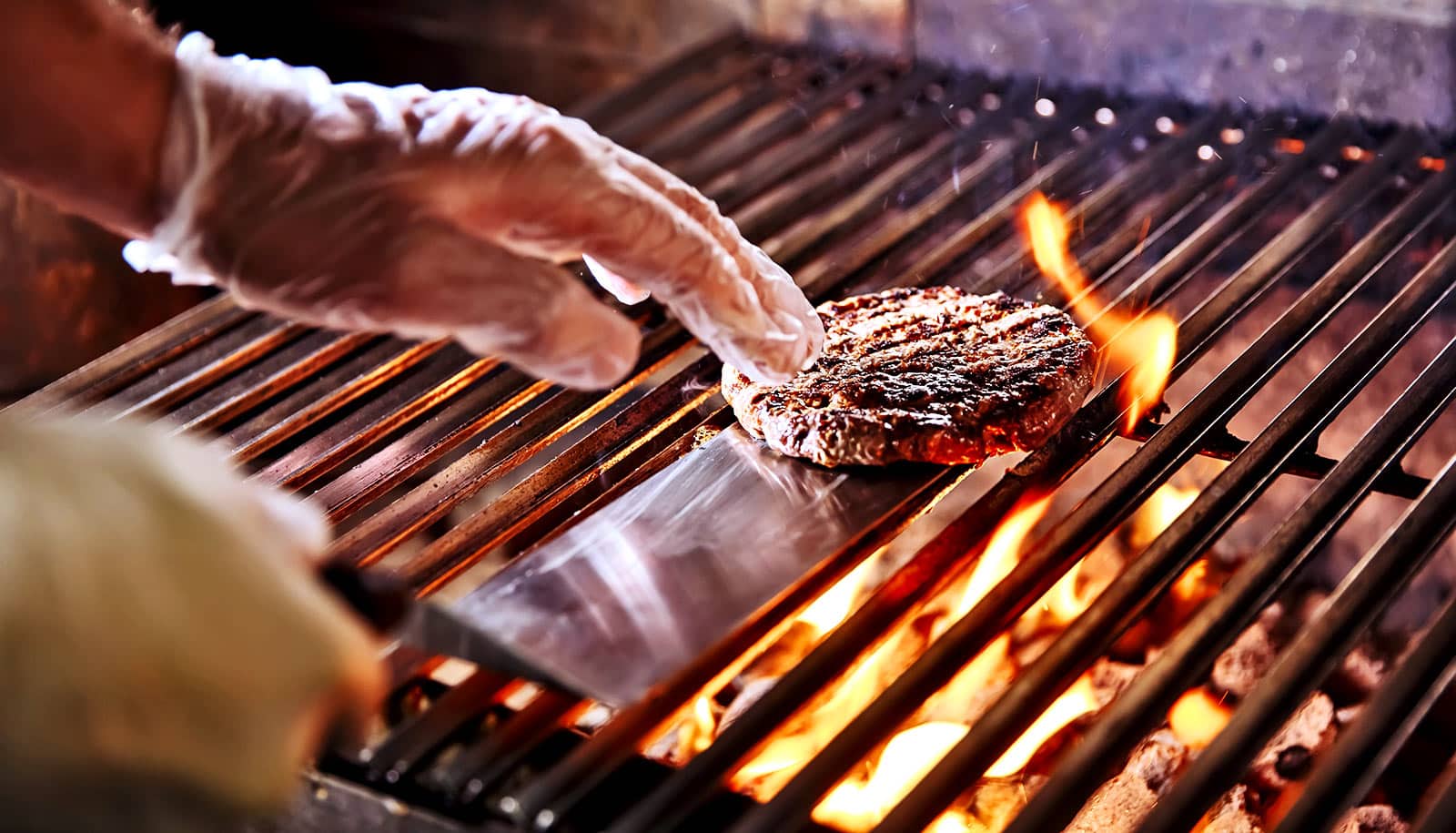Restaurants are responsible for high concentrations of organic aerosol, a large source of air pollution, within their immediate surrounding areas, according to new research.
“Restaurant food-cooking emissions are a major, if not the major, driver of spatial variability of organic aerosol,” says Ellis Robinson, a postdoctoral researcher at Carnegie Mellon University’s Center for Atmospheric Particle Studies.
Restaurants cook with large amounts of oils and other organic matter, which are aerosolized and ventilated from the kitchen in the form of exhaust. This exhaust carries the organic aerosol produced in the cooking process into the urban environment.
Of the high-concentration organic aerosol “plumes” measured, 7 out of every 10 originated from restaurants or other cooking sources.
While researchers have documented that cooking is a major source of OA, Robinson and the team took their study to the streets by making measurements within neighborhoods containing many restaurants and busy thoroughfares.
Using a piece of equipment called an aerosol mass spectrometer to measure air quality throughout Pittsburgh, the team traced organic aerosol concentrations back to their origins. The device allowed them to accurately determine whether the aerosols originated from restaurant sources or traffic sources, the other major contributor of organic aerosol in urban areas. They conducted most of their measurements during the early evening, when the overlap of rush-hour traffic and dinnertime was at its peak.
The results were profound. Of the high-concentration organic aerosol “plumes” the team measured, seven out of every 10 originated from restaurants or other cooking sources.
“…I think it’s good if we’ve compelled people to think a little more about food cooking as part of the larger air quality picture.”
Unlike automotive emissions, which have come under increasing scrutiny as a source of air pollution, restaurants and commercial kitchens have largely been ignored. Other than New York City and a handful of cities in California, few local governments have placed restrictions on how these establishments vent their exhaust.
Still, with continued additions to the literature like Robinson’s study, awareness of the effect of restaurants on air quality is growing. As he notes, restaurant locations can be distributed very differently than other sources of pollutants.
While Robinson says the study sheds light on an underemphasized source of pollution, he also says the issue is a manageable one—some major cities already are tackling the problem with mandatory exhaust filtration and more are sure to follow.
“I don’t want someone to see this and think that we need to close all restaurants,” he says, “but I think it’s good if we’ve compelled people to think a little more about food cooking as part of the larger air quality picture.”
The paper appears in Environmental Science & Technology. Members of the Center for Atmospheric Particle Studies and the Center for Air, Climate and Energy Solutions performed this work.
Source: Dan Carroll for Carnegie Mellon University



